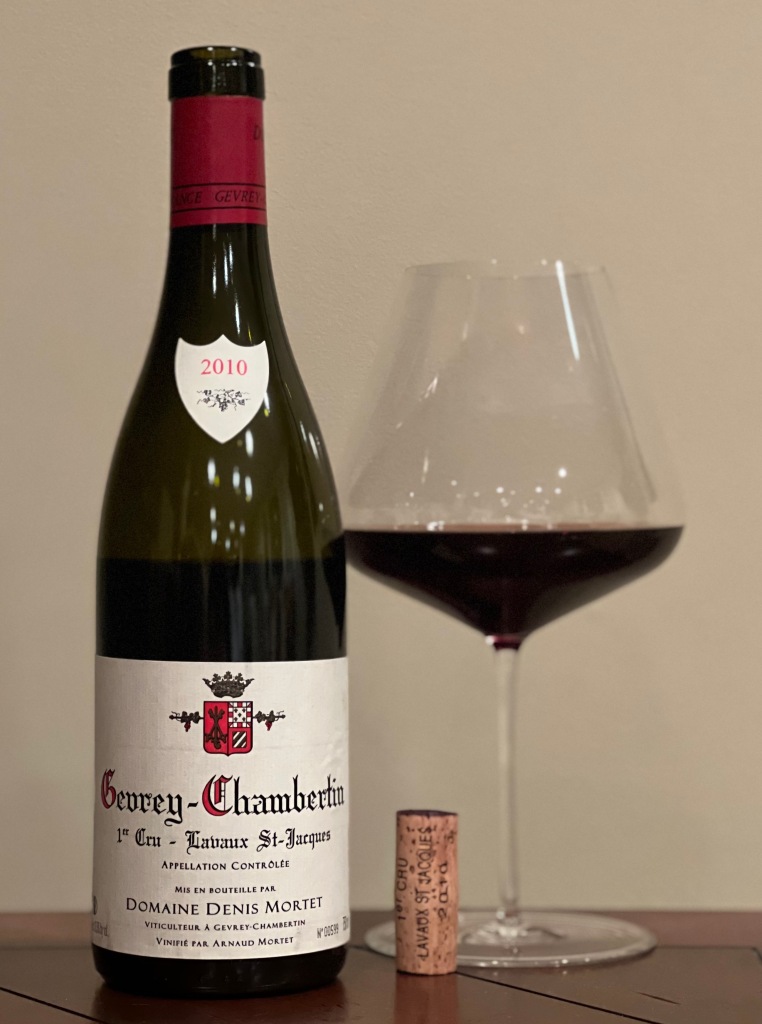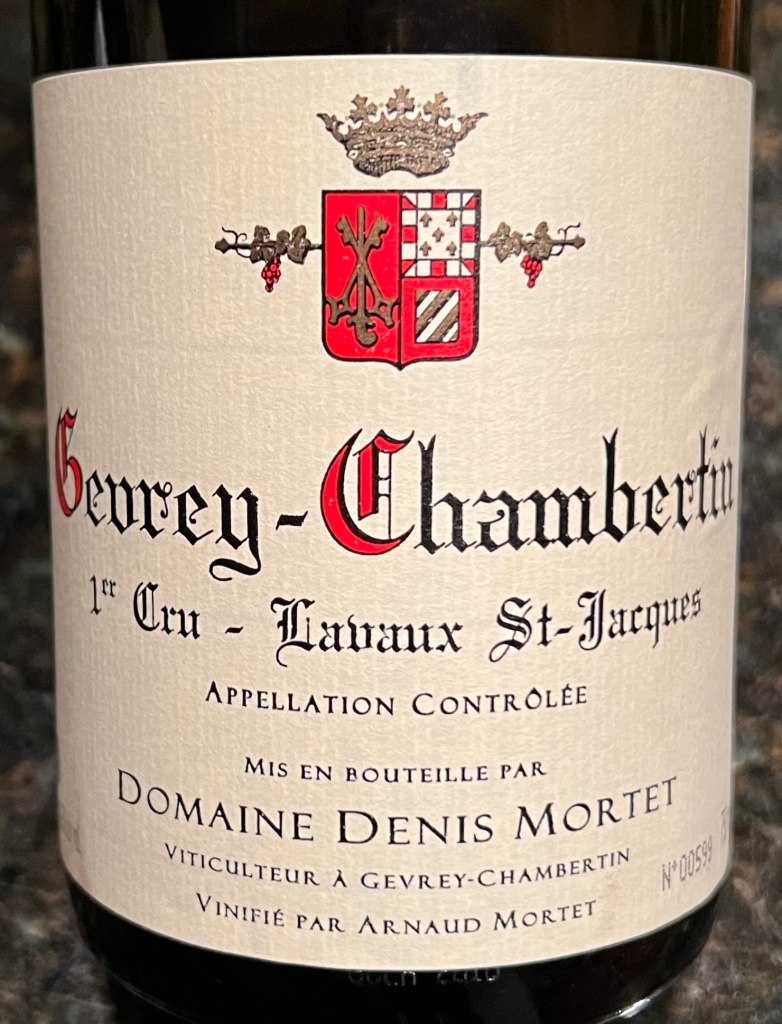
Today’s Story: Domaine Ghislaine Barthod
Domaine Ghislaine Barthod is a highly regarded but relatively small wine estate located in the Chambolle-Musigny appellation of Burgundy’s Côte de Nuits. The domain was initially established by Marcel Noëllat in the late 1920s, though it became a partnership of the Noëllat and Barthod families when Gaston Barthod, an officer in the French Army stationed in Dijon, married Marcel’s daughter. Following his military service, Gaston took over the domain during the 1950s and bottled all of his wines under the Chambolle-Musigny designation. Gaston’s daughter Ghislaine joined the domain during the 1980s, working alongside her father to study the winemaking practices and traditions of the family. She officially took over Domaine Barthod in 1999 with her father’s passing, though was effectively running the domain for the decade or so prior.
Today the domain consists of about six hectares (15 acres) of vineyards situated largely in Chambolle-Musigny but crossing over slightly into the neighboring Gilly-les-Citeaux. Of these holdings, many are in some of the greatest vineyards of Chambolle-Musigny including the highly regarded 1er Cru sites of Les Cras, Les Fuées, and Les Charmes. Domaine Barthod has been practicing organic viticulture since 2002, with their only treatment copper sulfate to help fight mildew. Their vines average 30 years of age, and yields are greatly limited with severe pruning, debudding, and green harvesting if necessary. All harvest activity is accomplished by hand, with sorting done in the vineyards before the fruit is taken to the winery in small baskets.
In the cellar, Ghislaine practices pretty traditional vinification methods for the region. After a three to four day cold soak with partially destemmed fruit, the wines begin fermentation spontaneously and with native yeasts in stainless steel tanks. She practices pump overs and occasional punch downs for color and tannin extraction, while primary fermentation lasts for roughly three weeks. Next, the wines are barreled down into 20-30% new oak barrels and aging lasts for about 20 months. Malolactic fermentation occurs spontaneously in barrel during the spring, and the wines are only racked following malolactic fermentation and prior to assemblage. Bottling is accomplished with no fining or filtration, unless absolutely necessary.
I previously reviewed the 2016 Bourgogne Rouge Les Bons Bâtons from Domaine Ghislaine Barthod.

Today’s Wine: 2011 Chambolle-Musigny
100% Pinot Noir; 13% ABV
The 2011 Chambolle-Musigny is medium garnet in color. Still shy upon opening, I let this evolve in the glass for about an hour and drank it over the following hour or so. The aromas are of medium (+) intensity, with the nose showcasing notes of black cherry, dried strawberry, plum, red rose, dried tobacco leaf, forest floor, green olive, eucalyptus, menthol, clove, and a hint of smoke. Meanwhile the flavors are also of medium (+) intensity and the palate offers notes of cherry, plum, black raspberry, blueberry, green olive, charred green herbs, crushed rock, and mild allspice. This dry red is medium-bodied with medium (+) acidity, medium (-) tannins, medium alcohol, and a medium (+) length finish. Very good quality and a solid wine for the vintage. This is still more masculine than I would expect.
Price: $120. I think this is a pretty fair price given the producer and how well this bottling performs given a tough vintage. While showcasing some of the 2011 green notes for sure, this is still very well balanced while offering solid complexity and good length.
If this wine seems like something you might enjoy, you may find this link helpful in locating it.

















